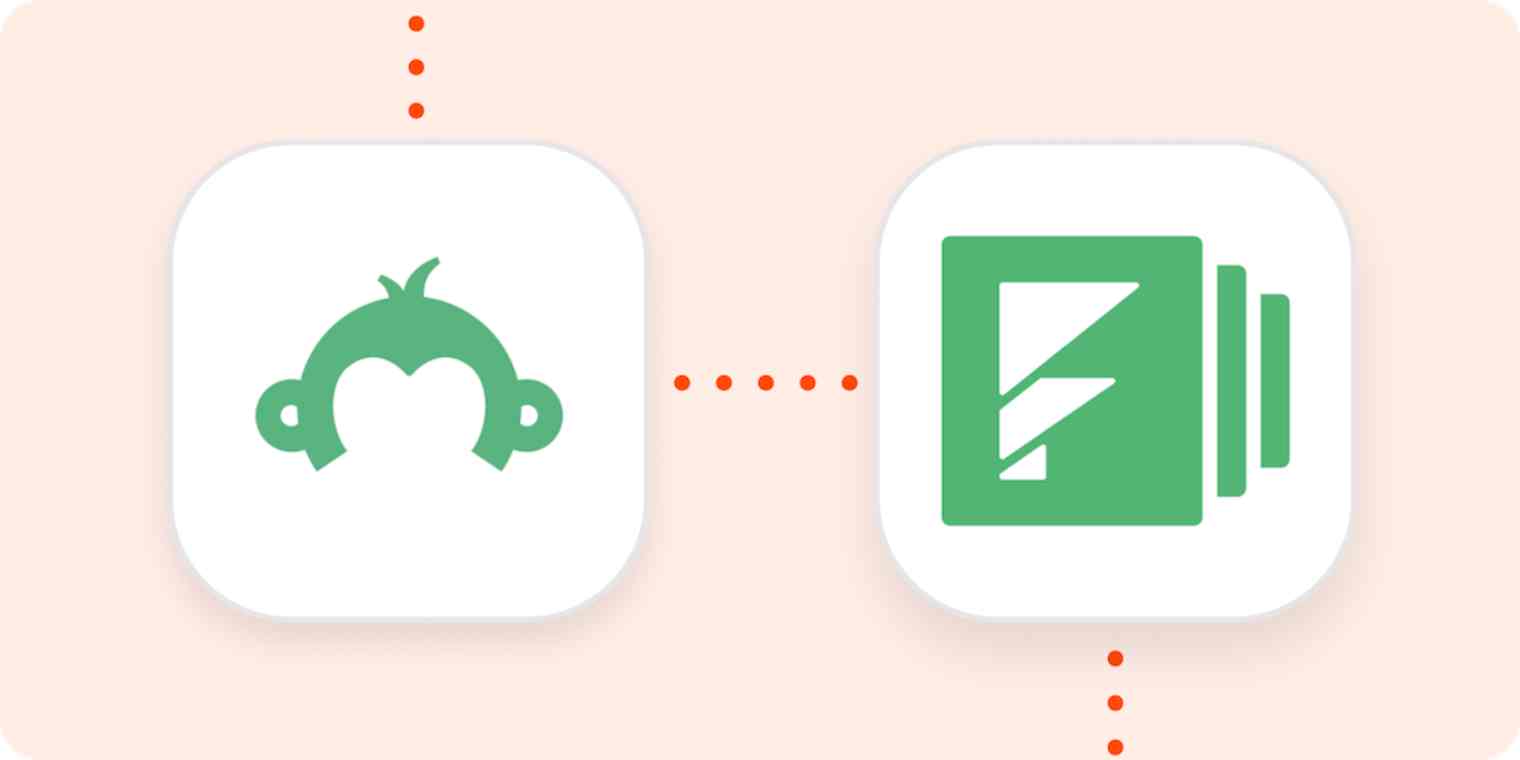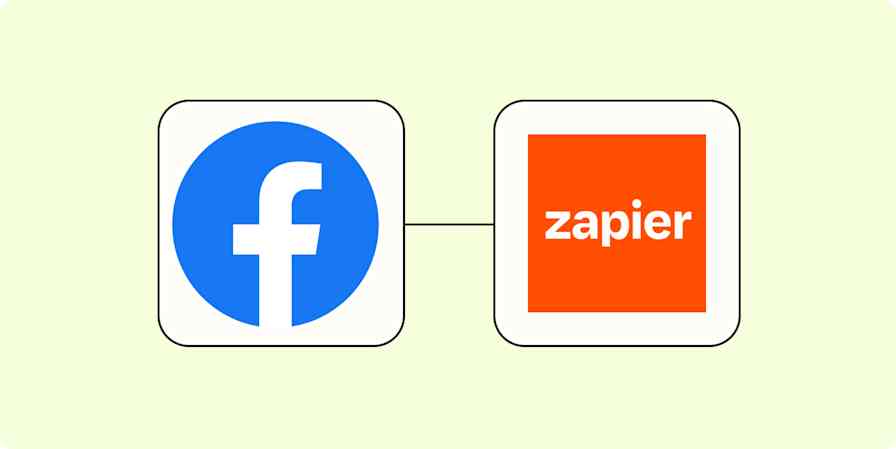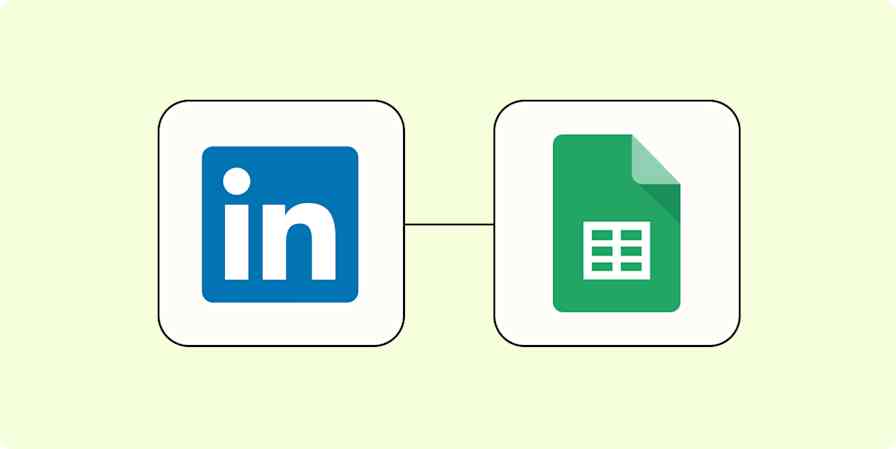Zapier tutorials
12 min readHow to automatically create certificates for online tests: A guide for instructors
By Andrew Davison · October 9, 2020

Get productivity tips delivered straight to your inbox
We’ll email you 1-3 times per week—and never share your information.
Related articles
Improve your productivity automatically. Use Zapier to get your apps working together.








